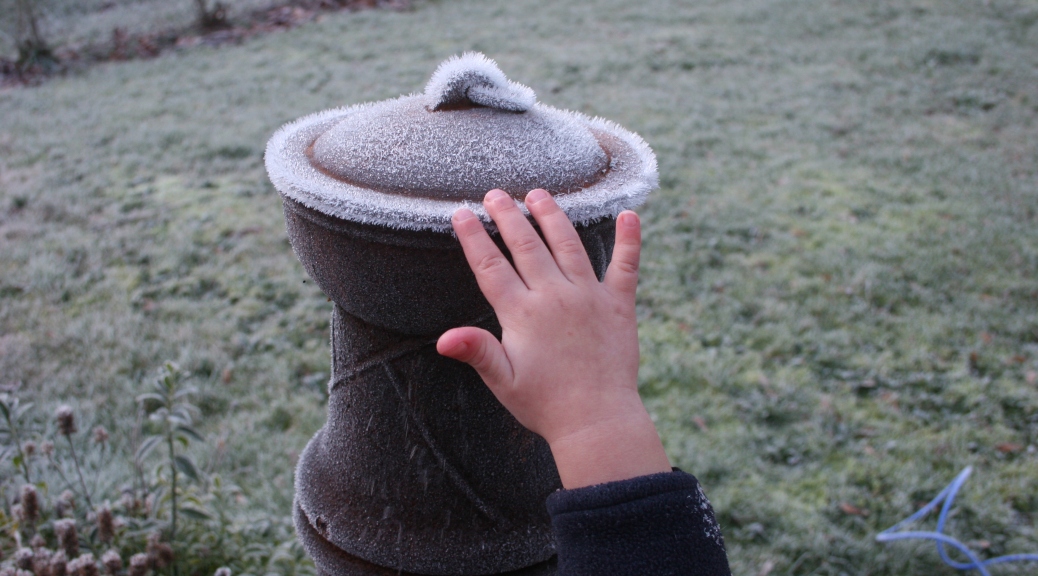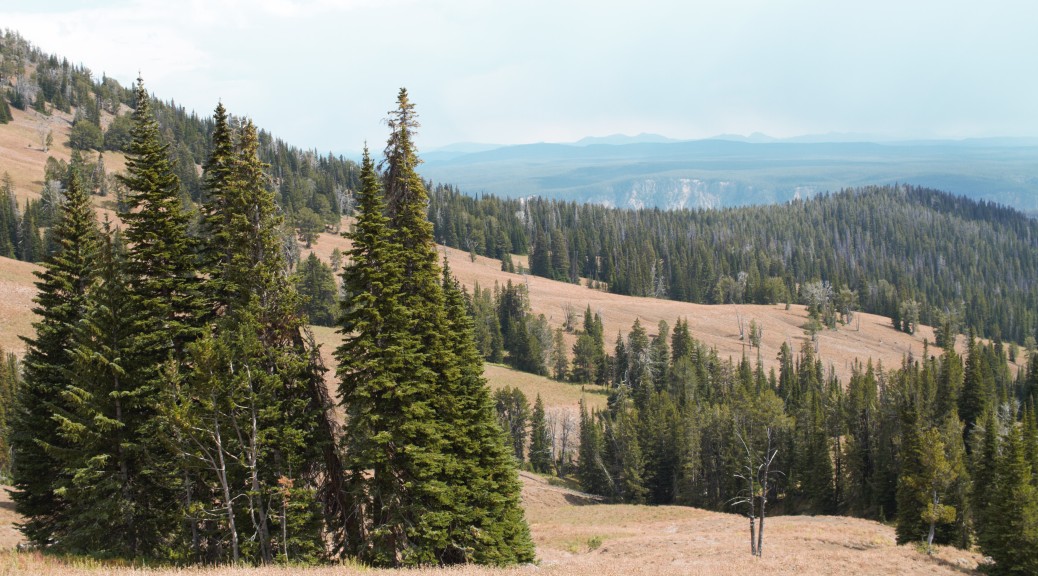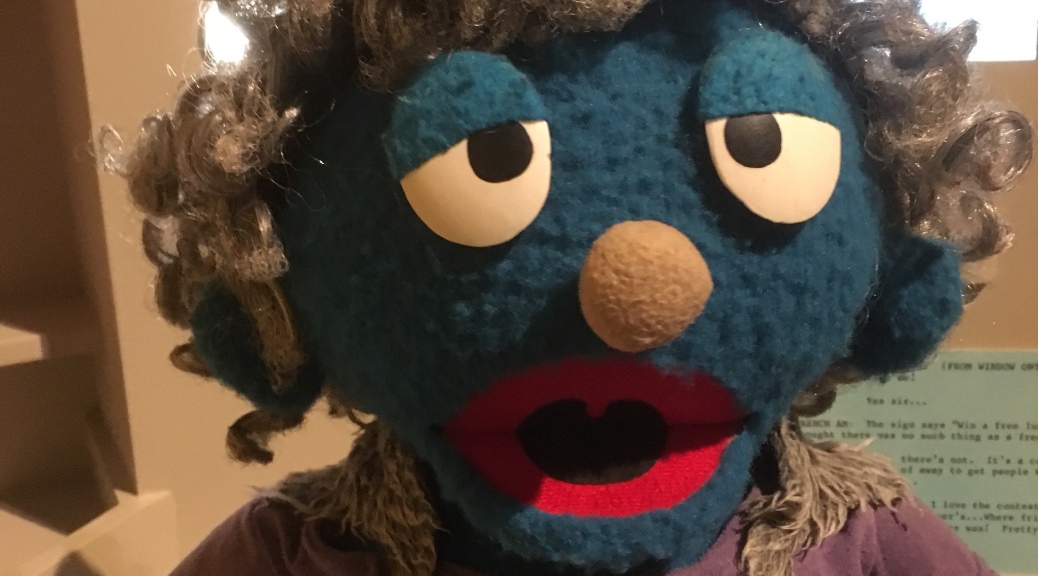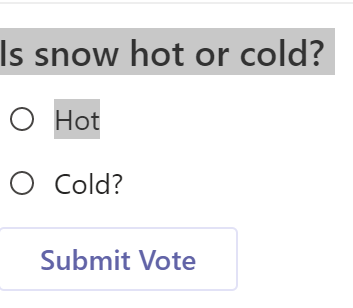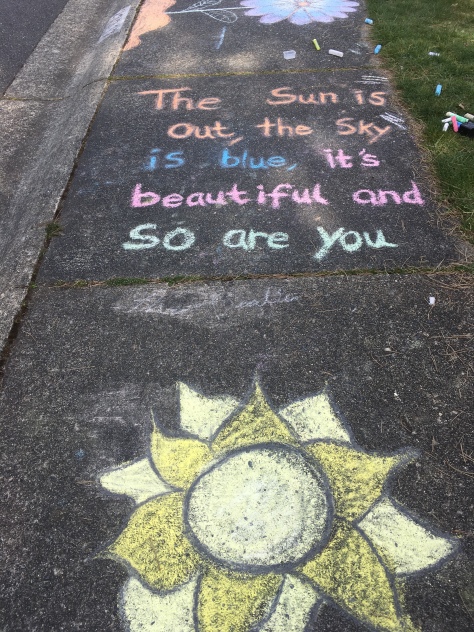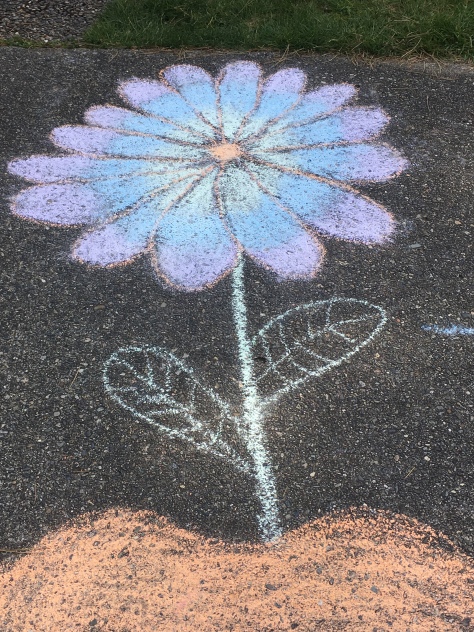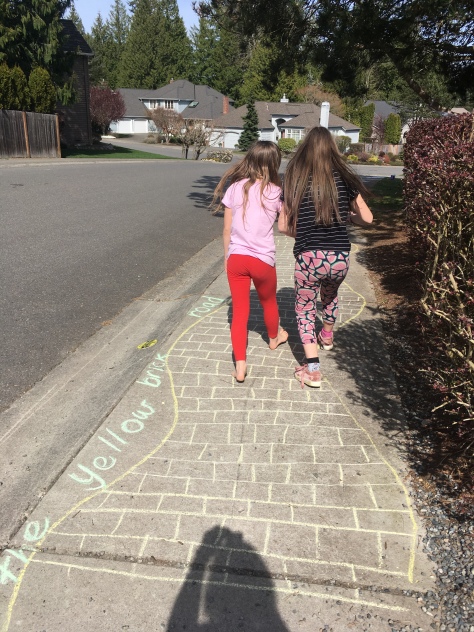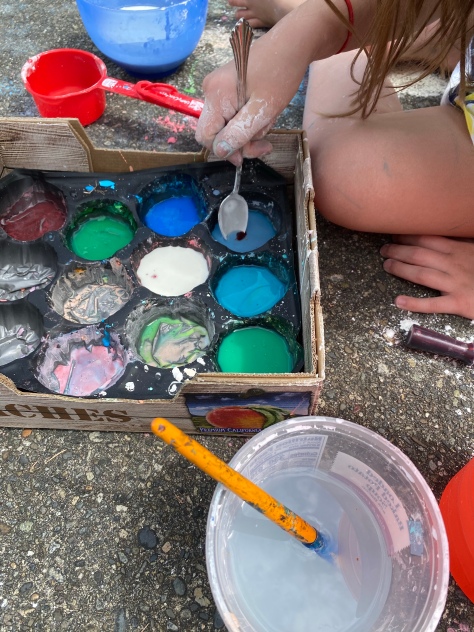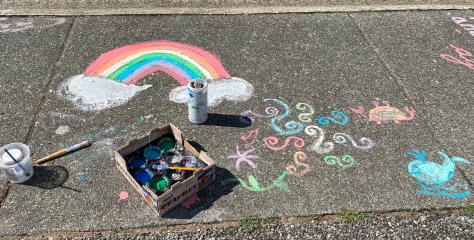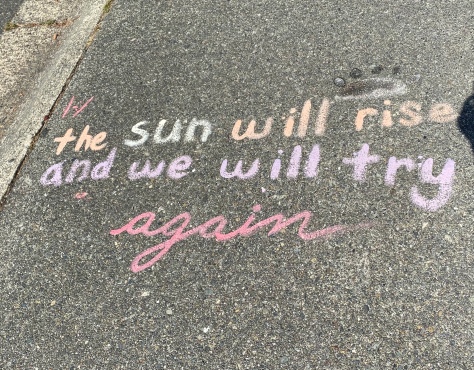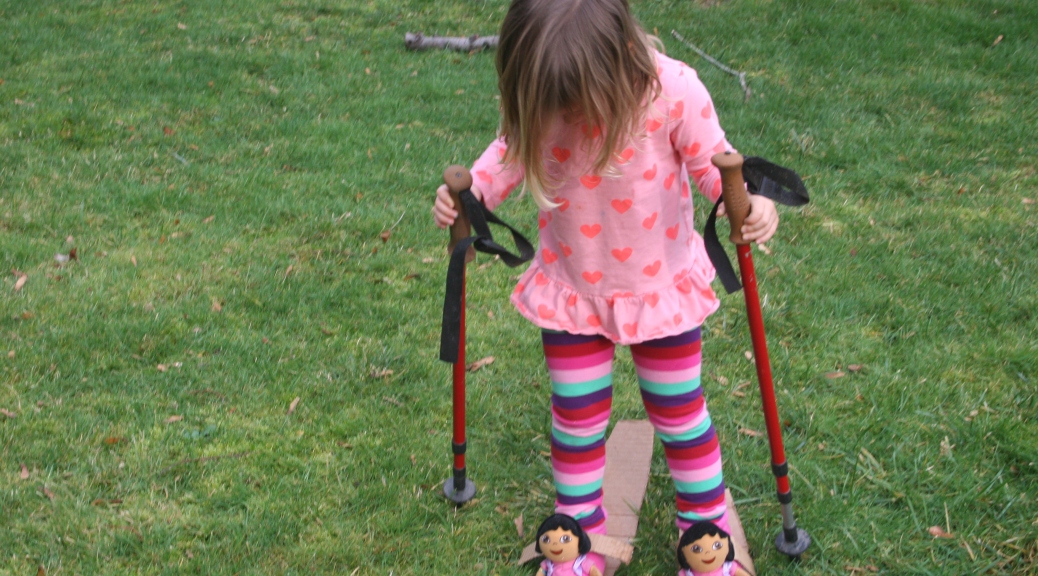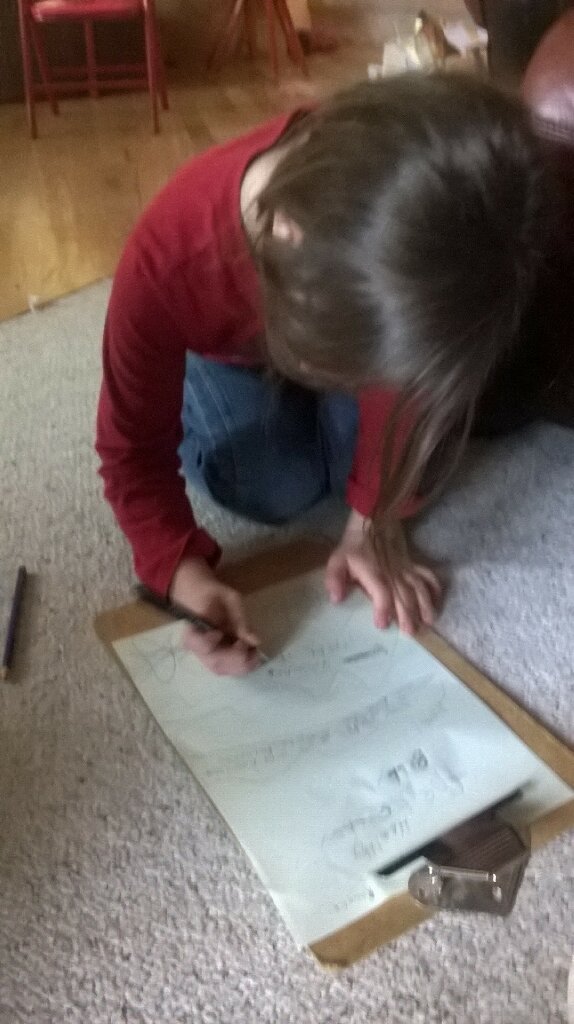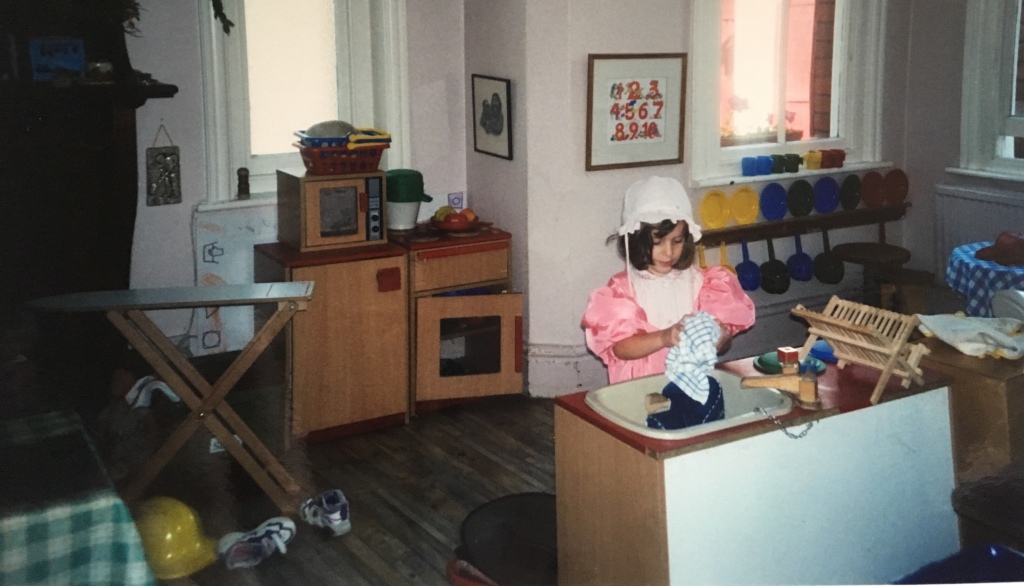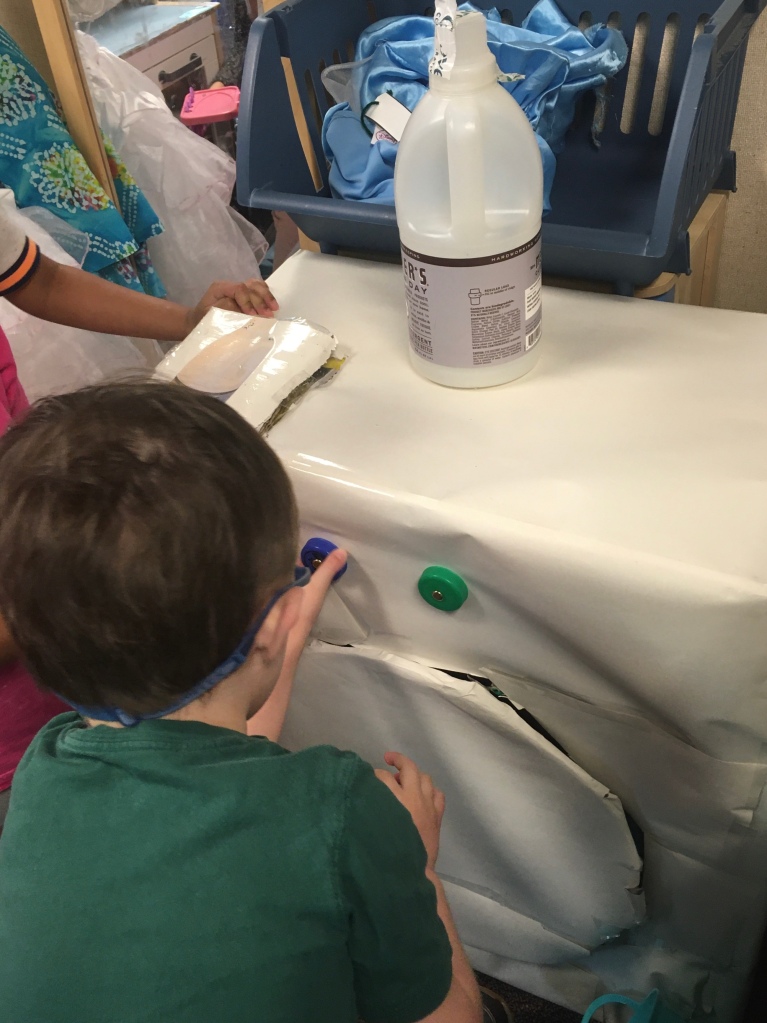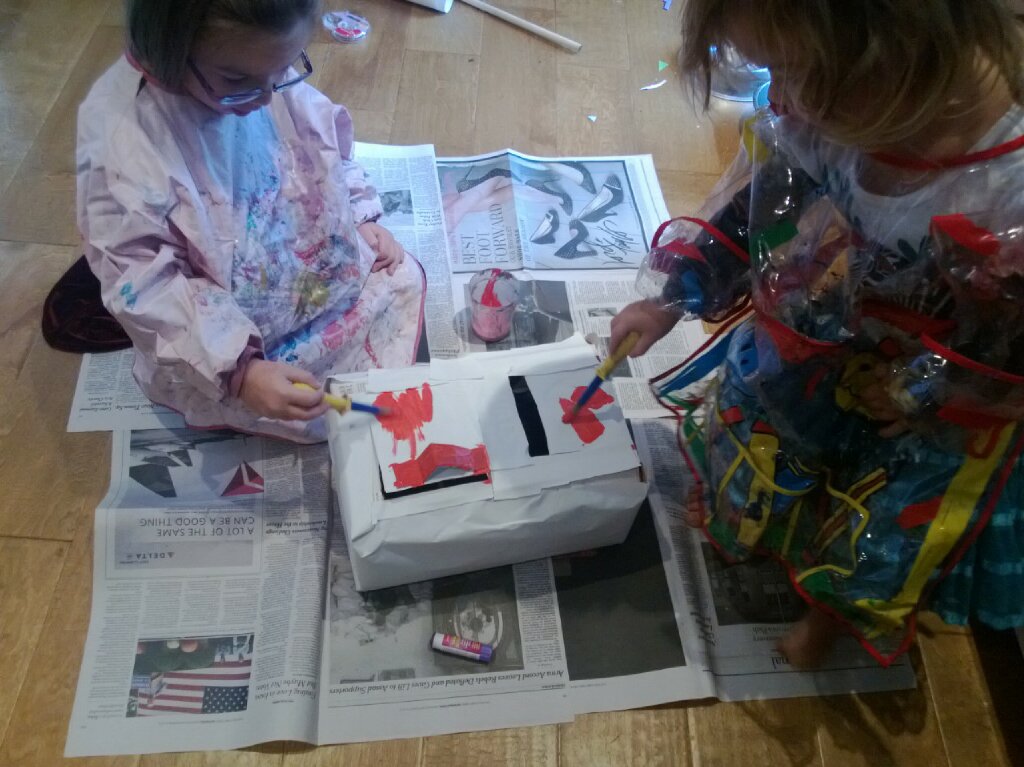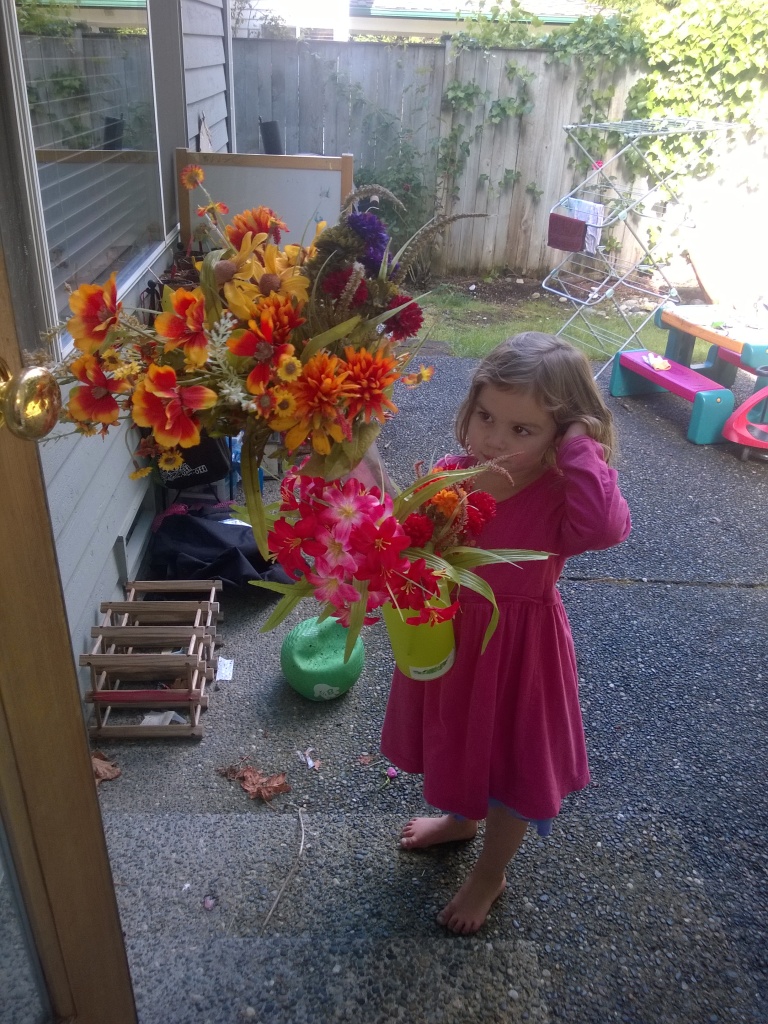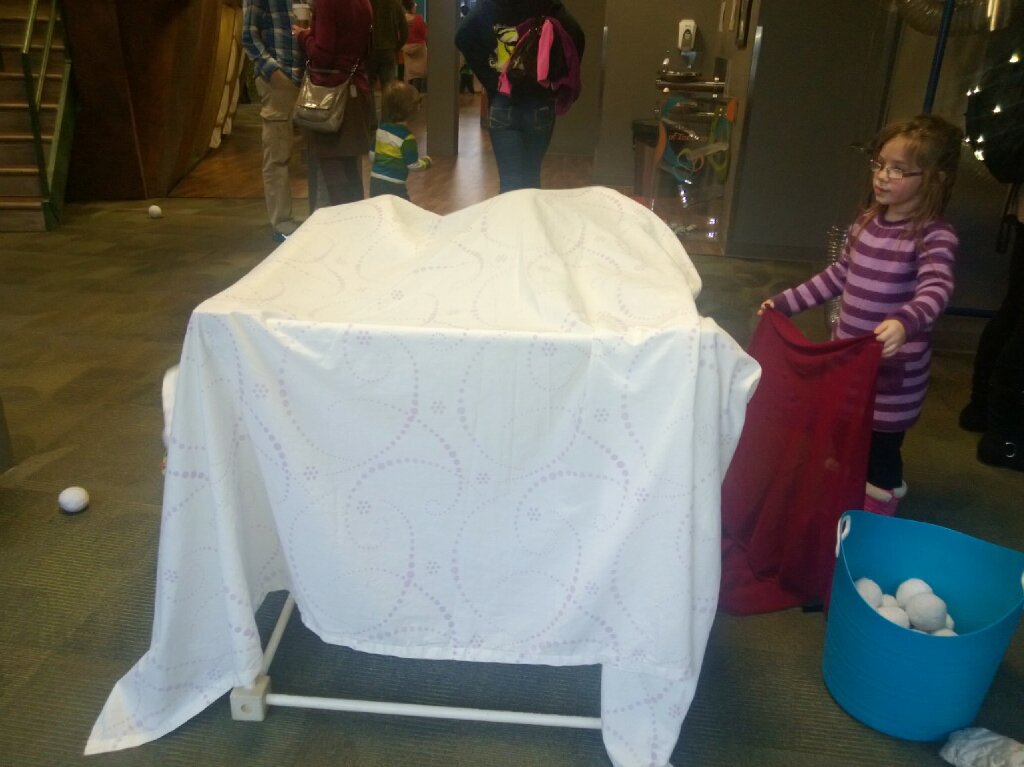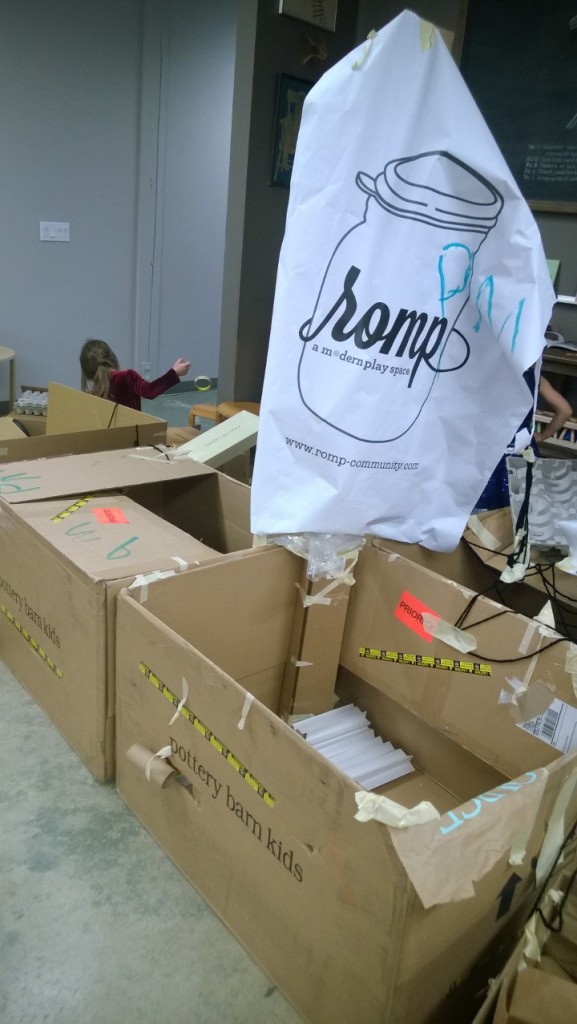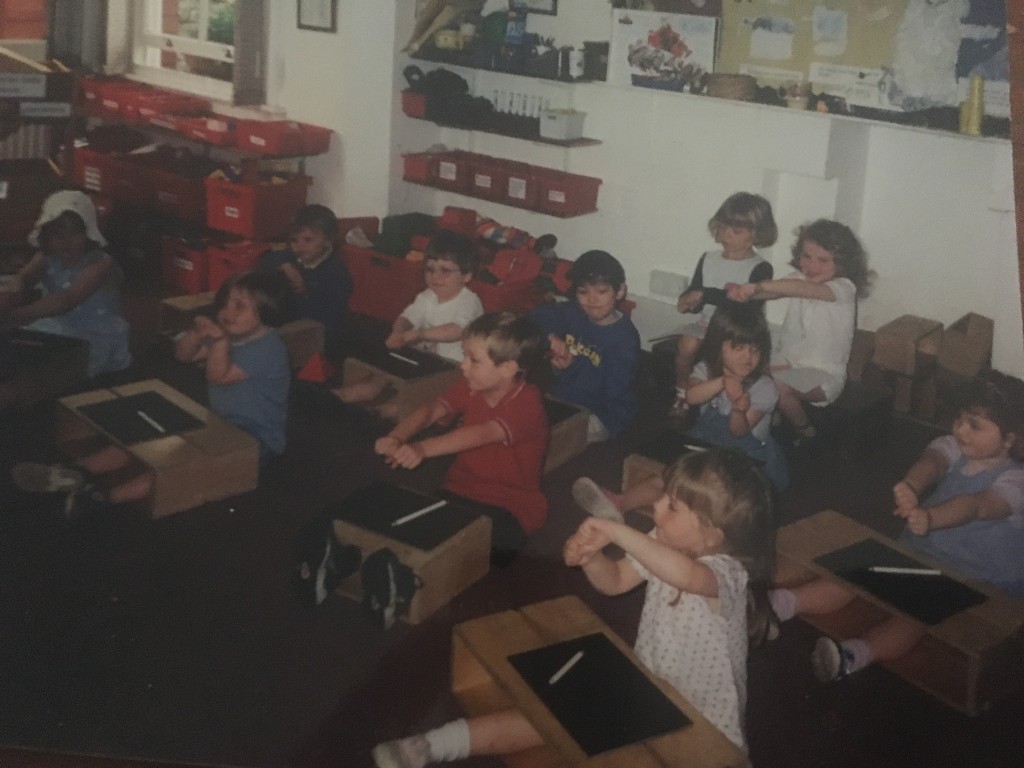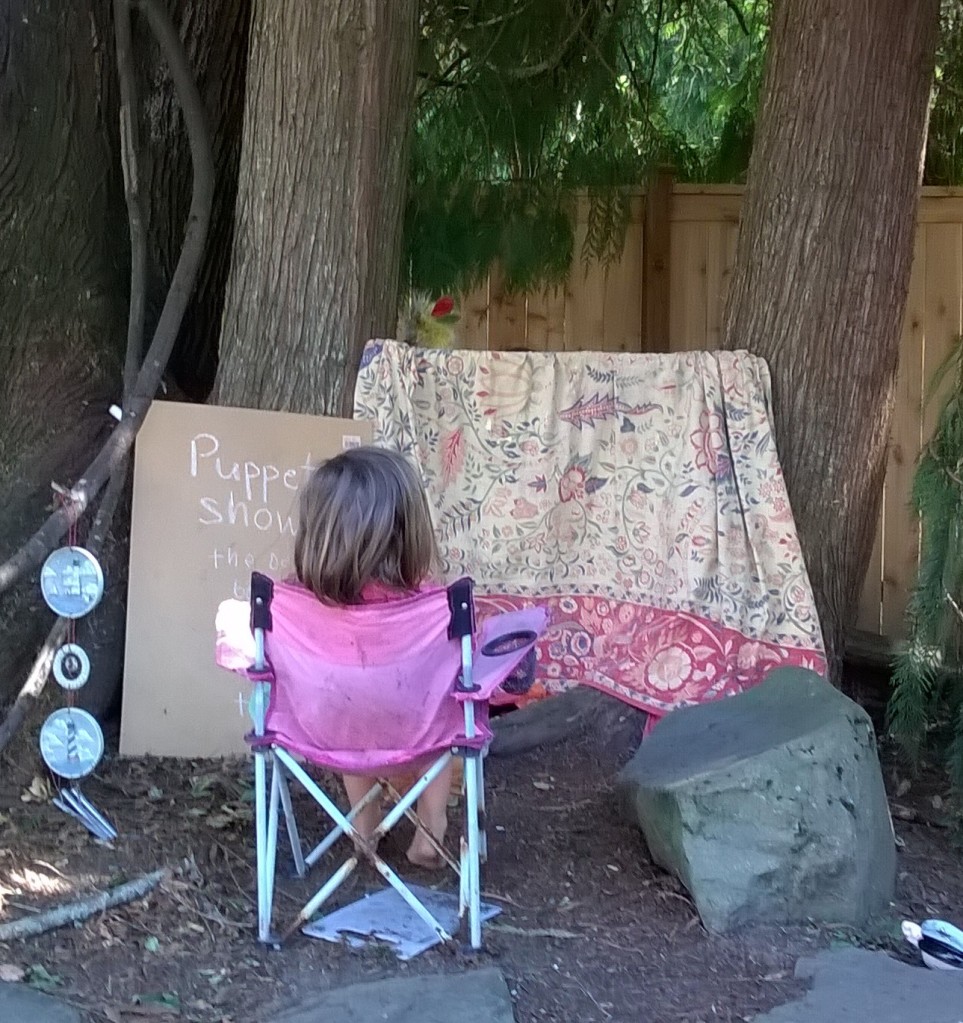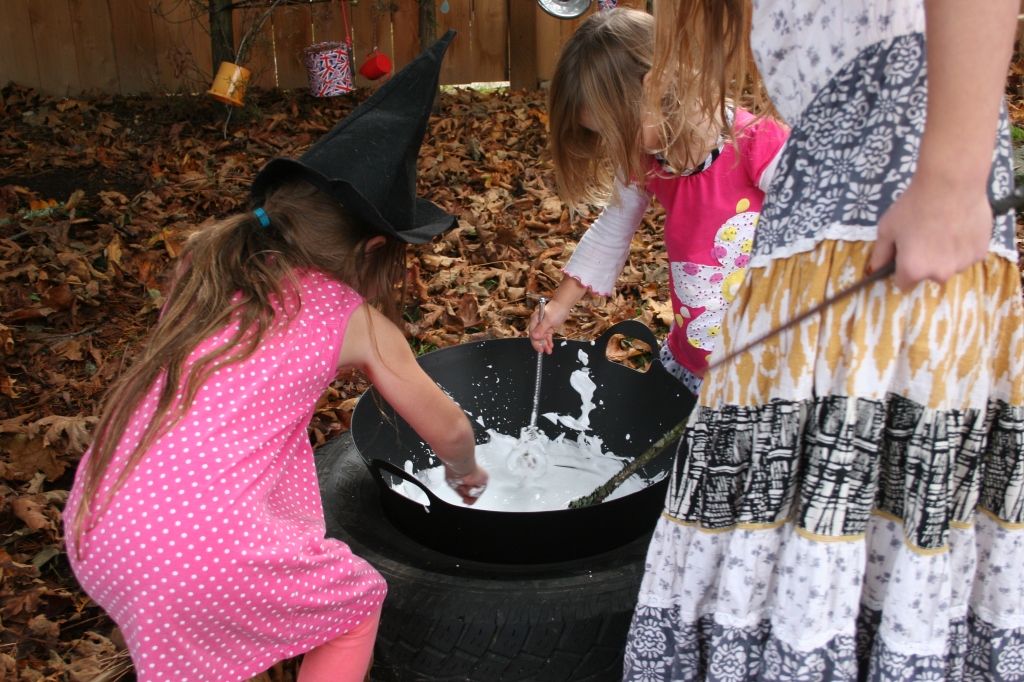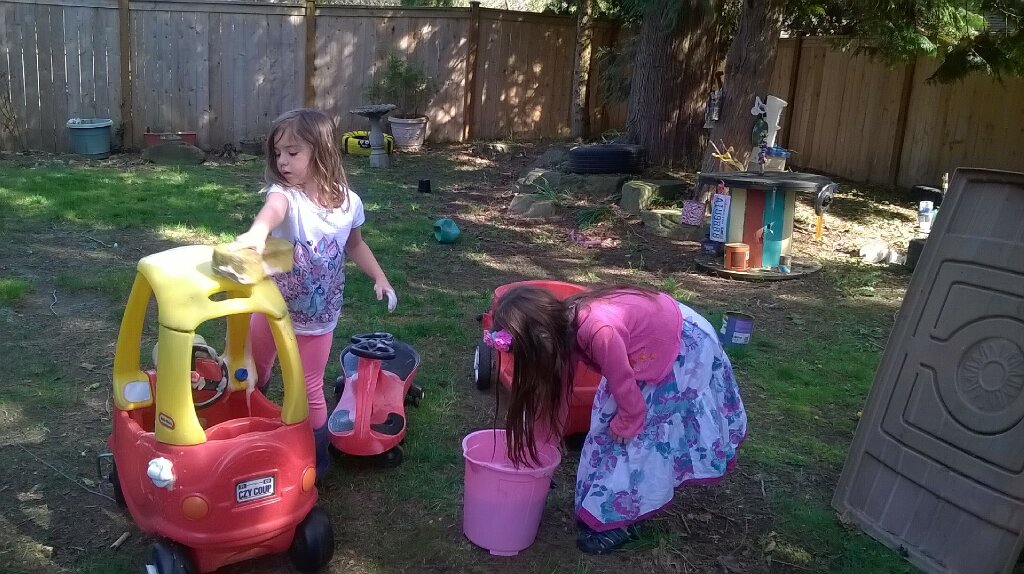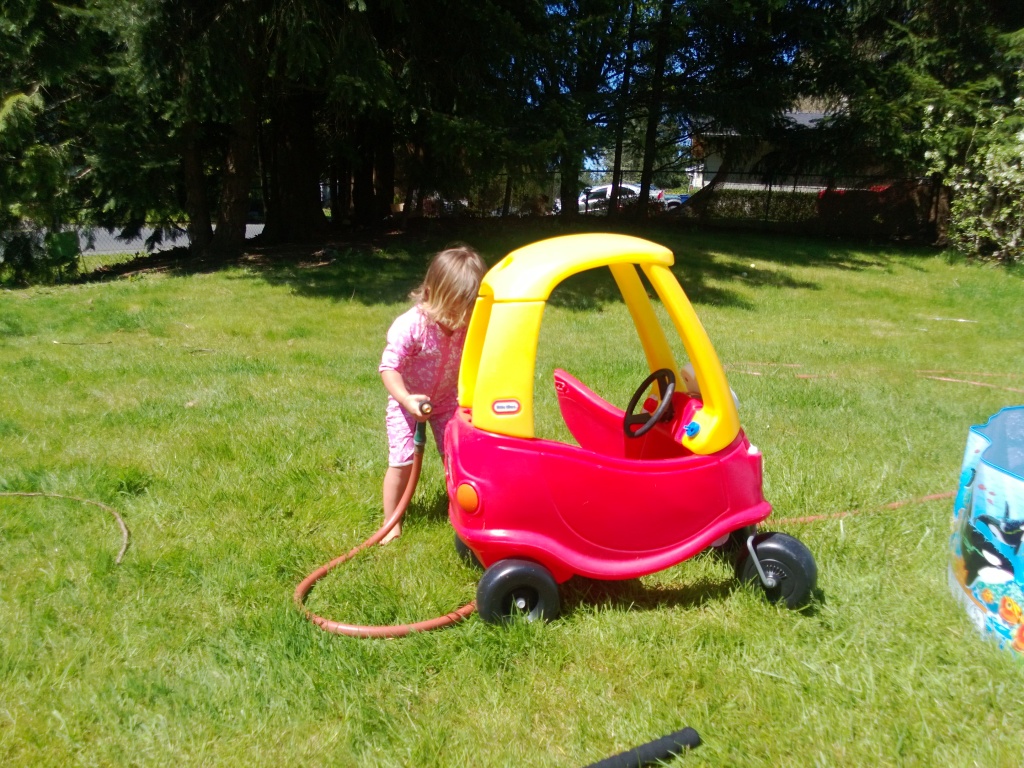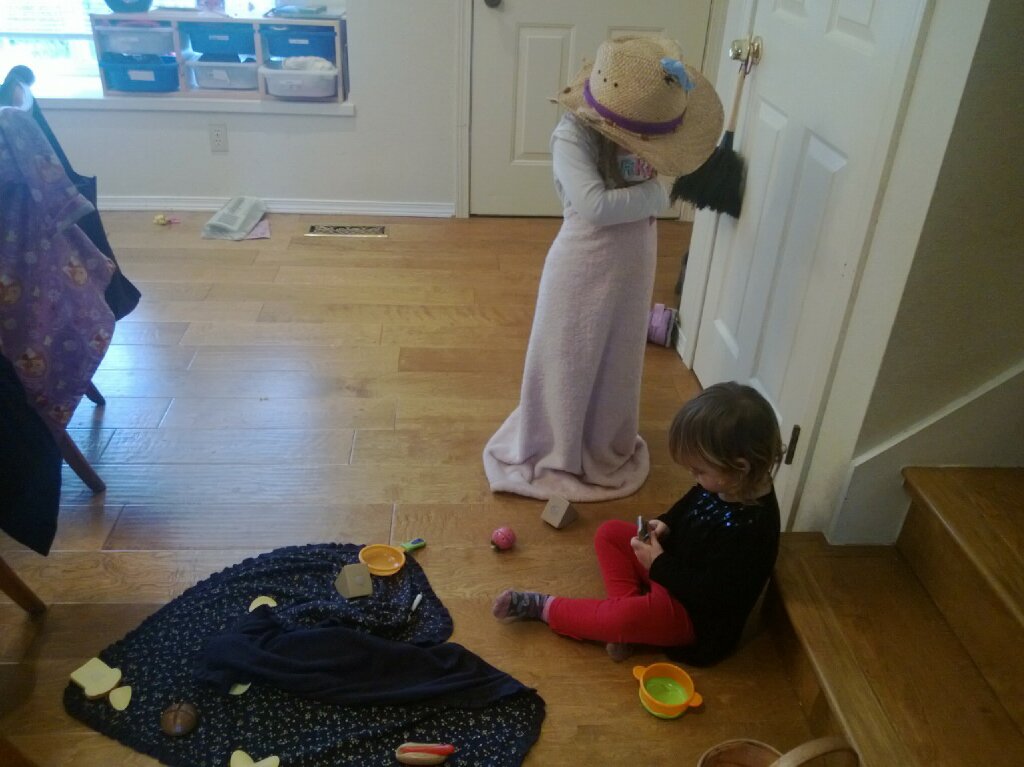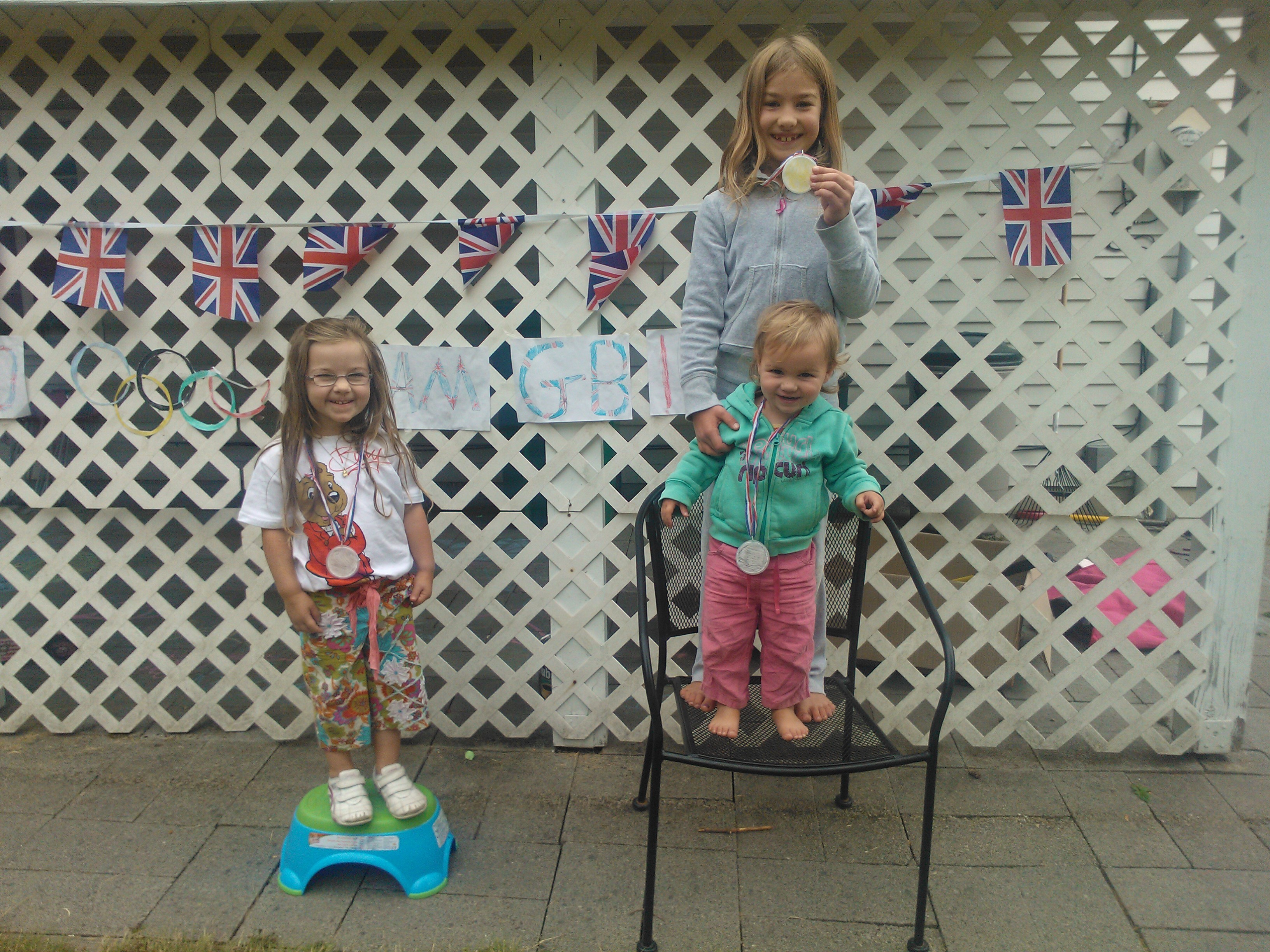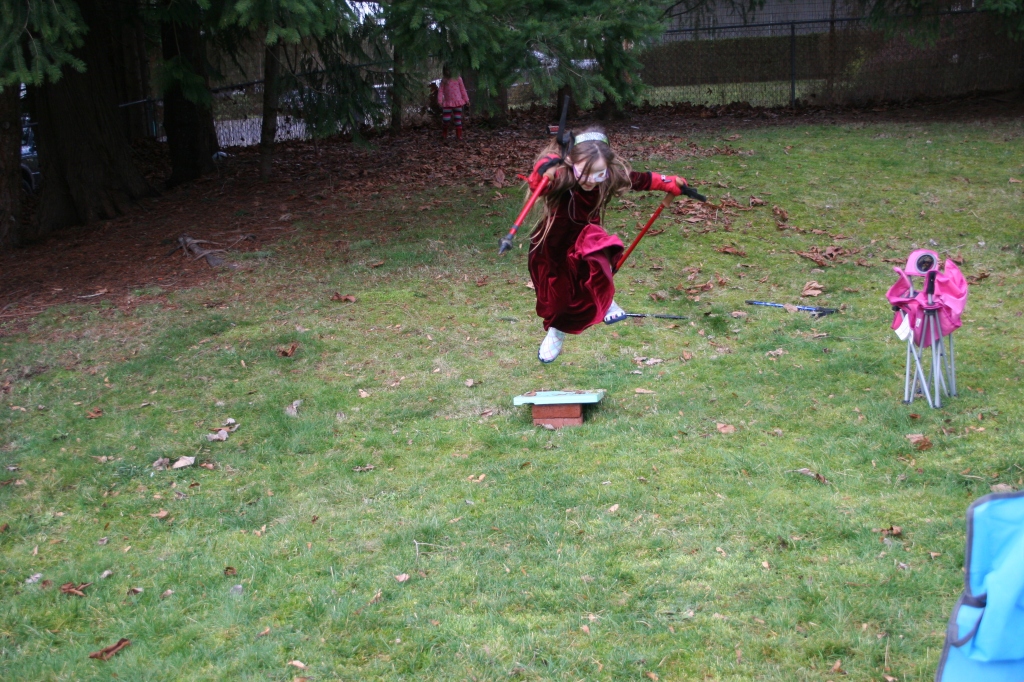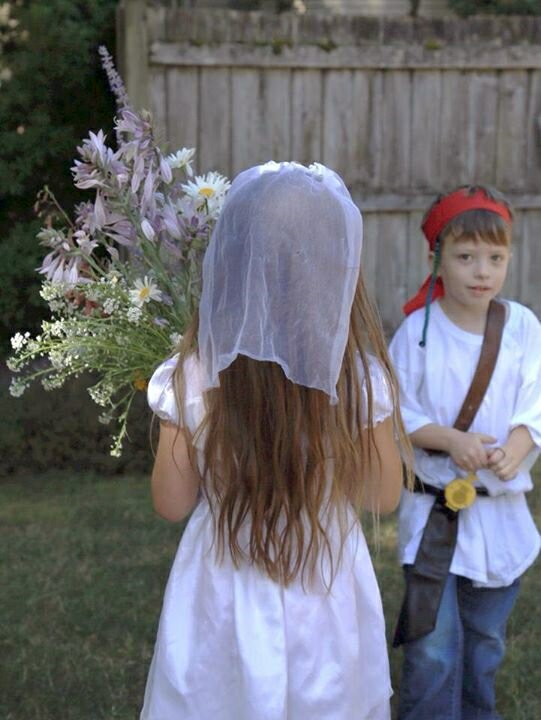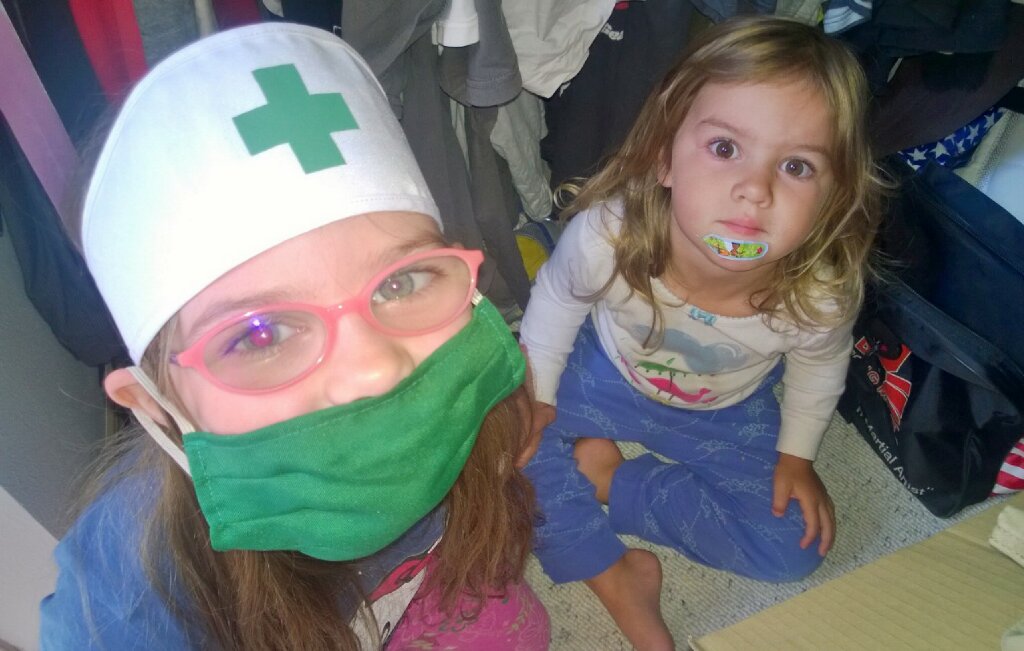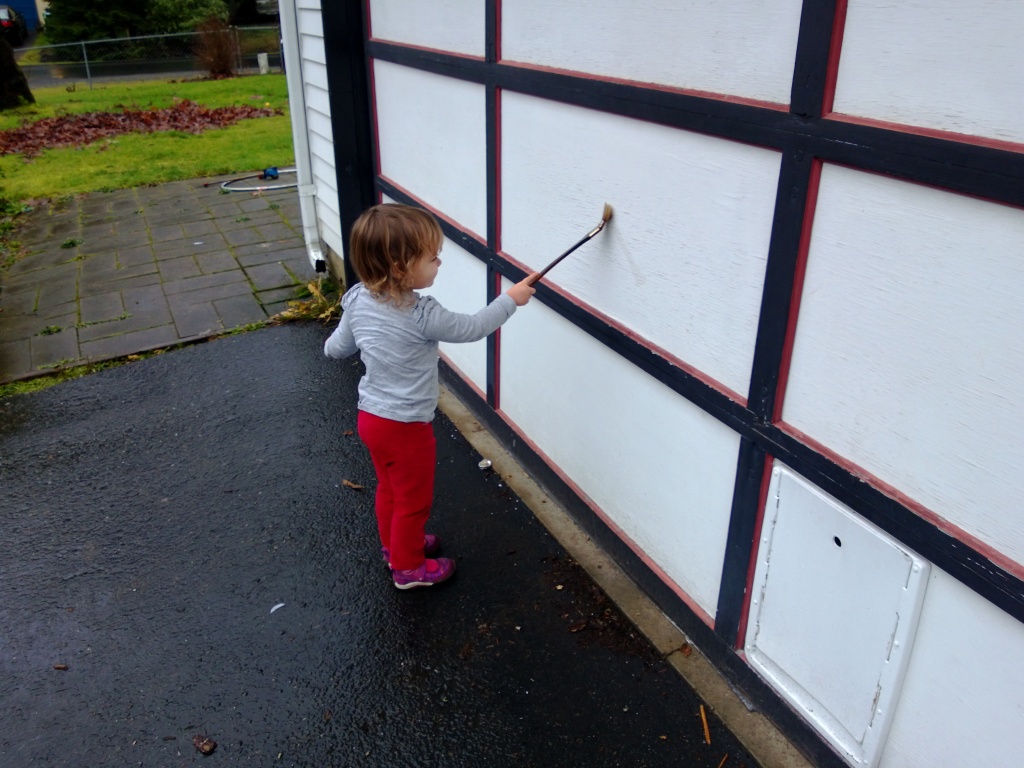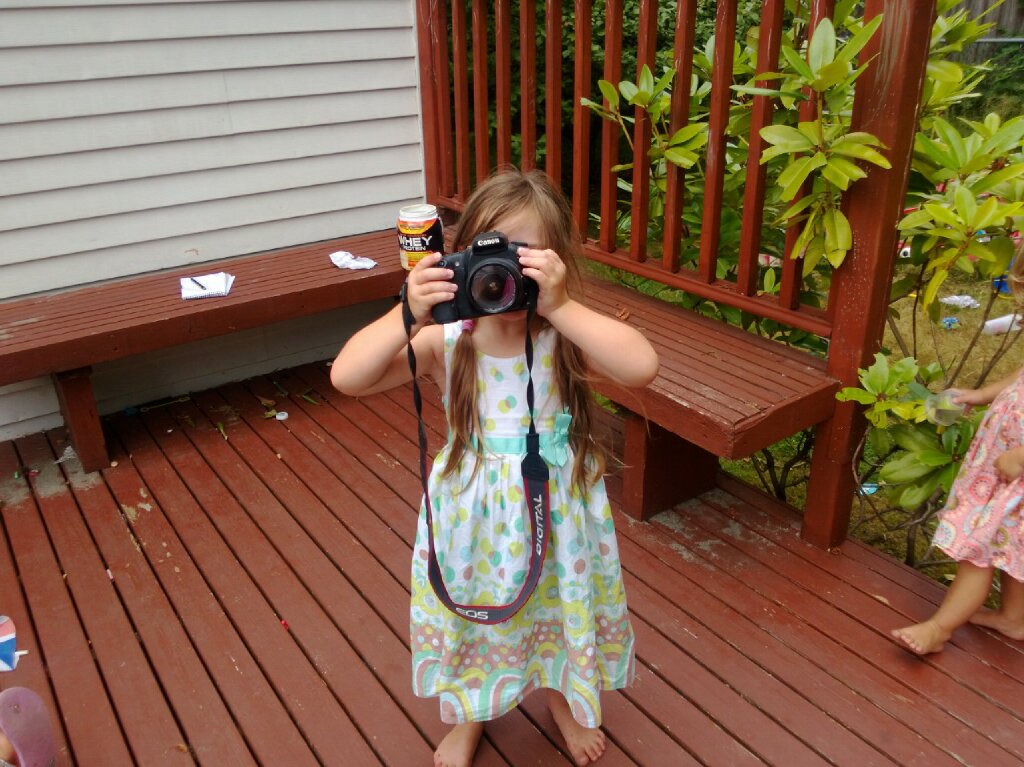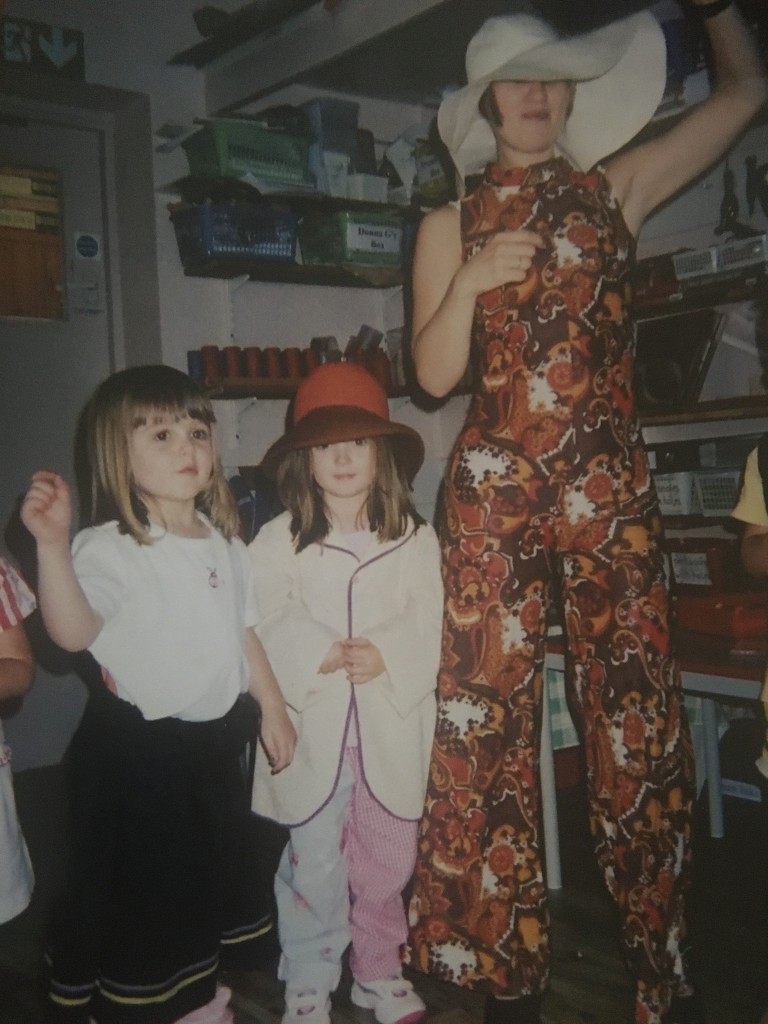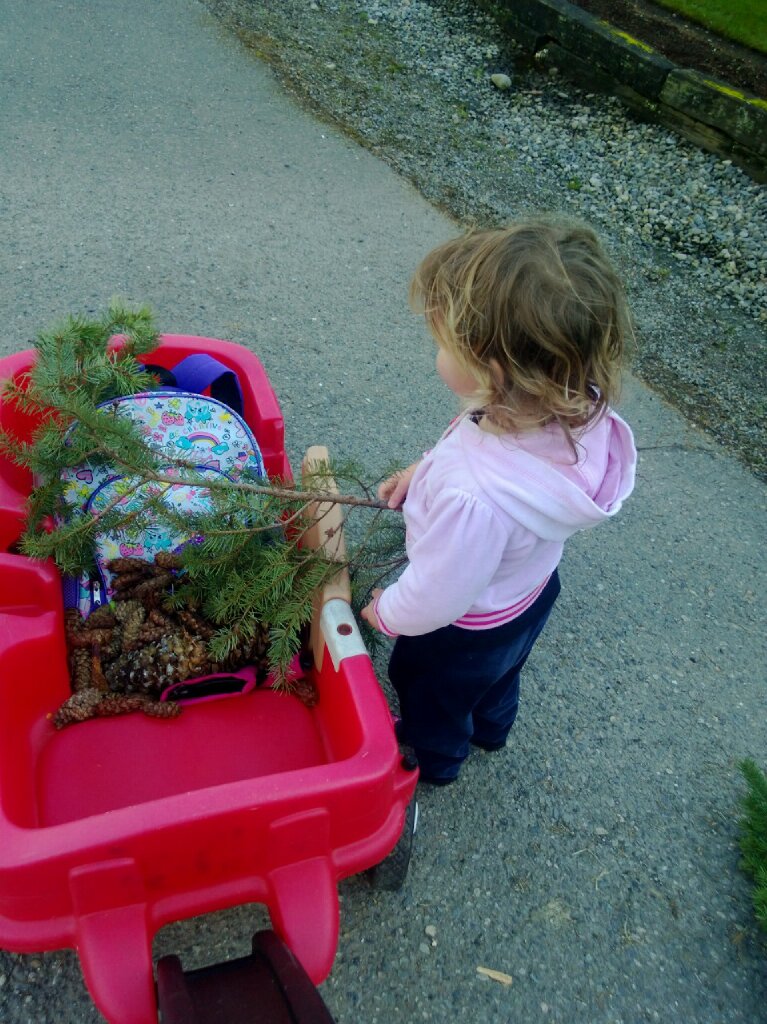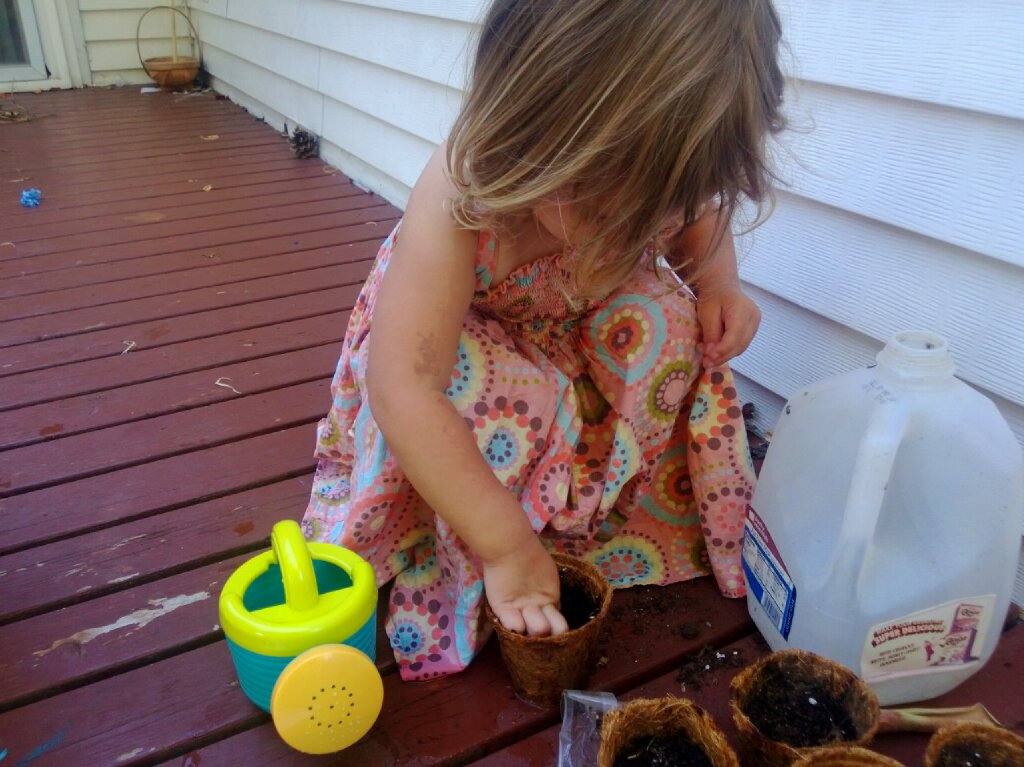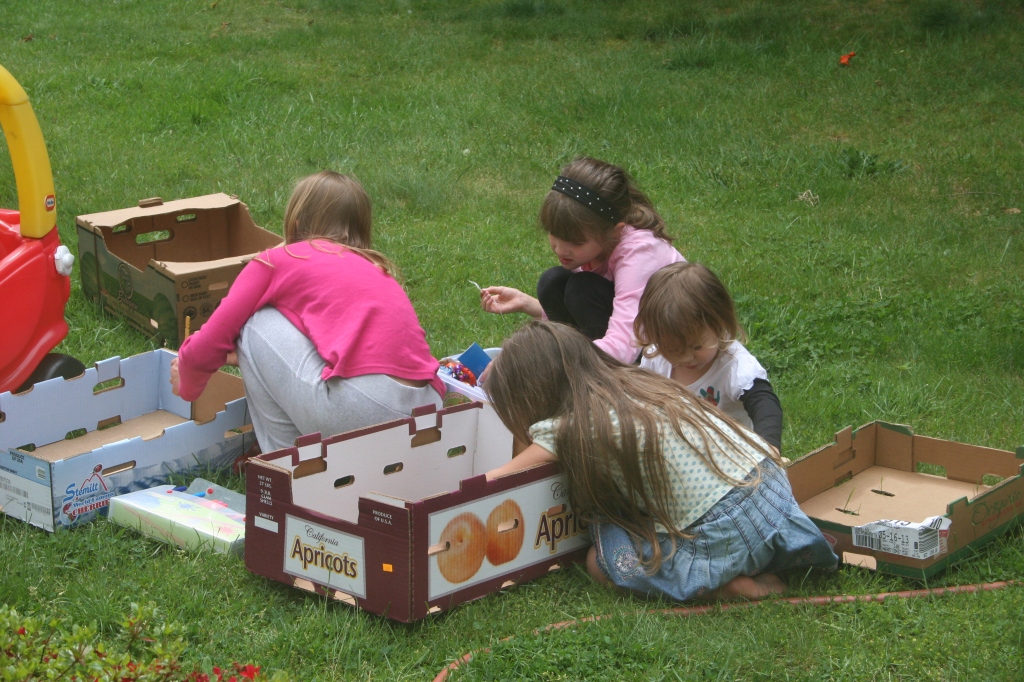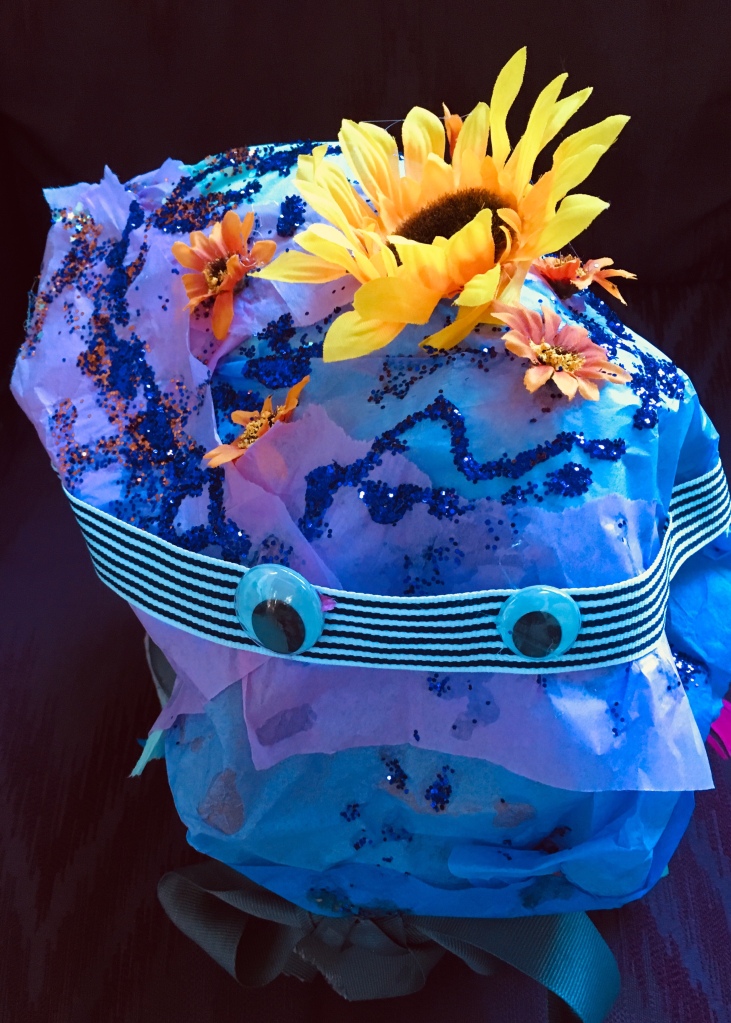We all know that online teaching is not the ideal environment for preschool children. I’ve been doing it since March , it isn’t easy but some things have been surprisingly successful.
For context, I teach in a preschool inclusion classroom, my students have a variety of needs, 50% or more have iep’s and many do not have English as a first language. My live teaching consists of a 30 minute circle time and some small groups, the remainder is provided asynchronously. My preschool sessions are 2.5 hours, I have an am and a pm class.
Live instruction
My goal for organizing live instruction is 3- fold
- To follow a predictable sequence
- To be engaging
- For there to be an opportunity to build relationships with teachers and peers.
Starting the Session
I start the meeting with a transition song that we sing everyday when walking into the classroom. I wanted to keep this as a signal that school had started and to introduce the transition song to the children in case we ever return to in person school.
I start the circle by referring to our visual schedule. This follows a familiar format
Songs
Movement
Sharing time
A demonstration of the project of the day
Good bye song
Songs
Our opening song is the song we use at the beginning of the circle when we are in person. It is both a signal to come to circle and to be ready. The song is sung to the tune of ‘If you’re happy and you know it ‘ but the words are changed to if you’re ready for the circle. We have 3 verses – clap your hands, nod your head and eyes on me. I play this on the ukulele and this helps maintain attention – most of the children look eagerly at the screen when they hear the ukulele.
This is followed by a song relating to our theme. I try to keep the songs as interactive as possible by using visuals, calling on children to contribute ideas for the songs or singing action songs. For example, I used puppets to help me enact nursery rhymes such as hickory, dickory dock and little miss muffet, we sang pat-a- cake and wrote the first letter of a child’s name on the cake and I used pictures and visuals for prepositions when we sang the green grass grows.
I have recently added some OT finger exercises that I adapted to a rhyme into this part of the circle.
Below is an example of one of my song videos. You can also see in this video, how I have my space set up. I sit on a cushion on the floor as this mirrors how I would sit at school and have an easel and basket of visuals behind me that I can use when I need to.
Movement
To get ready for our movement activity we practice our deep breathing by smelling the flower (breathe in ) and blowing the candle (breathe out)
For movement/dance we use a familiar song from You Tube. Sharing the video on the screen does not work so well, so we play the video on a phone and demonstrate the actions ourselves.
Before sharing time, we may introduce a concept relating to our theme by sharing some pictures, objects or part of a book.
Sharing
Every day we do some kind of sharing/show and tell. This was built in to the session to allow children to feel like they are being listened to and to give them a chance to interact with peers. Sometimes children say they do not want to share but mostly they love it! We think of something that relates to our theme, season, or maybe book we have been reading and Mondays are always an opportunity to share anything they would like. Examples of sharing have been – a family photo, something beginning with a certain letter, something cold, a thing of a certain color and something that came from a tree. We hold up a name card of the child whose turn it is to share and they have learned that at this time they unmute their microphone.
Demonstrating a project
We demonstrate our daily activity for parents and children to see what they need to do and to talk about ideas for alternative materials or modified ways of doing the activity. We also do this as part of our circle during in person learning, before we move to small groups.
Goodbye song
One teacher leads the goodbye song and the children wave and sing whilst muted. All singing is done this way to avoid lag. Children participate well, even when they are muted we have found. The children can then unmute and say goodbye to teachers and friends if they wish. We always try to say goodbye personally to anyone who unmutes.
How I Set up my Activities for Asynchronous Learning
The platform my district uses is Classroom Teams. Within this we can set up individual channels; this has been organized to mirror our in person day. Each channel has a different set of information, for different parts of the school day. Parents can pick and choose what they want their children to experience. The channels are laid out as follows.
Information for families
This is for newsletters, weekly timetables and articles and resources relating to early learning.
Meetings
Here we post a link to our daily live meetings and any specific announcements relating to our meetings.
Question of the Day
Each day at school ,we would have a question for the children to answer – we continue this on our teams site and provide visuals to help children answer the question. The questions are presented as a poll or form with 2 or 3 possible answers.
Daily Activities
Each day we provide a table top activity, with instructions modelled in our live session. Visual instructions are included. Some materials are readily found at home, some are to be printed (but we usually give an alternative if a printer isn’t available) and some are provided in packets to be collected at school. These are short activities such as sequencing, craft activities, counting, sorting , scavenger hunts etc.
Playtime
Our playtime/free-choice is the biggest part of our usual preschool day, where the majority of our learning occurs. I cannot replicate that in a virtual setting, but what I am able to do, is offer suggestions for things to do at home and explain to parents why these things are important. I feel like this has given our parents a greater understanding of what we do at preschool and why. Examples of focus plays have been dramatic play, related to our theme, different kinds of sensory play, counting (with an explanation of the stages of learning to count with 1-1 correspondence and how that can be supported in play) and focusing on particular types of toys. Our focus playtime is for a full week.
Outdoors
This usually consists of a gross motor activity and a nature/environment activity – examples have included scavenger hunts, looking for items during walks and things we can do with sticks (including how to use them safely).
Stories and Books
We pre-record our stories and books so that our meetings are more interactive and the children can re-visit them as many times as they like. Sometimes we do a few pages of a non-fiction book during our meeting.
Songs and rhymes
I record all of our songs and rhymes so that children can re-visit them. Often these songs are a focus activity for children with iep’s, to develop imitation and making requests, so it is important for the parents to have ready access to them. Sometimes I also record the audio without video. We also post a link to our movement song.
Social/emotional
This is the biggest challenge to teach remotely. I incorporate social skills during our meetings by using puppets to teach, problem solving, sharing , being kind etc. On the channel I provide resources to support that, by choosing a focus every few weeks. Focus points so far have been cues for transitions ( I made a video explaining the auditory and visual cues we use at preschool), problem solving, Tucker the turtle, waiting, imitiation and being kind ( for this I provided checklists and the children could earn badges for being kind). Sometimes I record a book with a social/emotional theme and explain what the book is teaching and how to follow up at home.
For children with social/emotional goals, I host a weekly small group session, in this we have discussions based on a book, photograph or puppet script.
Picture Wall
This is an optional space for students to post pictures of their work or things they have been playing at home. We always make a specific comment of praise for any child that posts.
There are additional small groups and parent – teacher consultations for our students with iep’s. For those that I do not lead such as speech, I use this time to observe and take data.
It isn’t perfect but I feel like there are many positives:-
- The children are very engaged and enthusiastic about coming to online preschool
- Parents are able to see what we do at preschool and we are able to explain why we do things
- Through our discussions with parents, we are able to work on skills that may be helpful in the home environment
- Children are learning new skills with technology
I have learned that young children can learn in a virtual environment and I would never have believed that before. Some things are hard to learn and the children are missing out on many early social experiences but in face of this challenge I have had my eyes opened to new possibilities.

